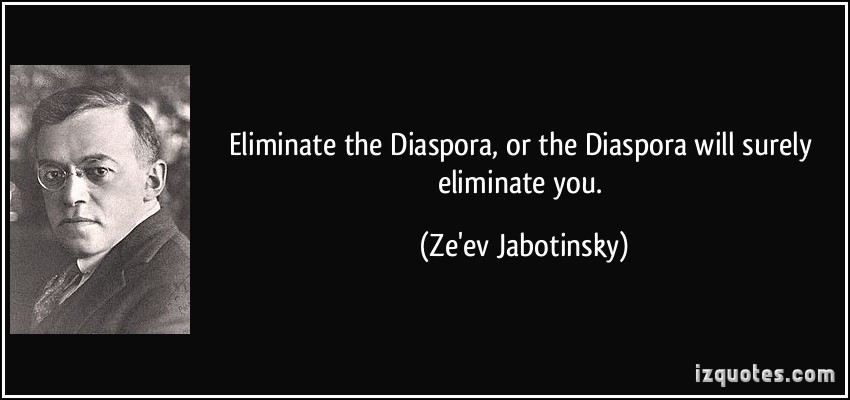
But like an obnoxious relative who invites himself to stay for a week and then won’t leave, the Hard Problem remains. Meanwhile, the field of artificial intelligence – which focuses on recreating the abilities of the human brain, rather than on what it feels like to be one – has advanced stupendously. Two decades later, we know an astonishing amount about the brain: you can’t follow the news for a week without encountering at least one more tale about scientists discovering the brain region associated with gambling, or laziness, or love at first sight, or regret – and that’s only the research that makes the headlines. It made us ask: what the hell is this that we’re dealing with here?” But Chalmers’s particular manner of reviving it “reached outside philosophy and galvanised everyone. “And everyone was like: ‘Oh! The Hard Problem! The Hard Problem! That’s why we’re here!’” Philosophers had pondered the so-called “mind-body problem” for centuries.

“At the coffee break, I went around like a playwright on opening night, eavesdropping,” Hameroff said.

What jolted Chalmers’s audience from their torpor was how he had framed the question. It was a puzzle so bewildering that, in the months after his talk, people started dignifying it with capital letters – the Hard Problem of Consciousness – and it’s this: why on earth should all those complicated brain processes feel like anything from the inside? Why aren’t we just brilliant robots, capable of retaining information, of responding to noises and smells and hot saucepans, but dark inside, lacking an inner life? And how does the brain manage it? How could the 1.4kg lump of moist, pinkish-beige tissue inside your skull give rise to something as mysterious as the experience of being that pinkish-beige lump, and the body to which it is attached?

There was only one truly hard problem of consciousness, Chalmers said. How do we learn, store memories, or perceive things? How do you know to jerk your hand away from scalding water, or hear your name spoken across the room at a noisy party? But these were all “easy problems”, in the scheme of things: given enough time and money, experts would figure them out. The brain, Chalmers began by pointing out, poses all sorts of problems to keep scientists busy. “He comes on stage, hair down to his butt, he’s prancing around like Mick Jagger,” Hameroff said. “But then the third talk, right before the coffee break – that was Dave.” With his long, straggly hair and fondness for all-body denim, the 27-year-old Chalmers looked like he’d got lost en route to a Metallica concert. “As the organiser, I’m looking around, and people are falling asleep, or getting restless.” He grew worried. “Quite honestly, they were totally unintelligible and boring – I had no idea what anyone was talking about,” recalled Stuart Hameroff, the Arizona professor responsible for the event. Yet the first two talks that day, before Chalmers’s, hadn’t proved thrilling.

The scholars gathered at the University of Arizona – for what would later go down as a landmark conference on the subject – knew they were doing something edgy: in many quarters, consciousness was still taboo, too weird and new agey to take seriously, and some of the scientists in the audience were risking their reputations by attending.


 0 kommentar(er)
0 kommentar(er)
